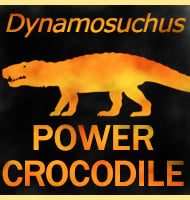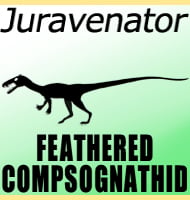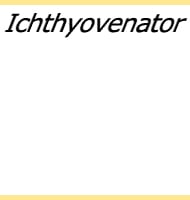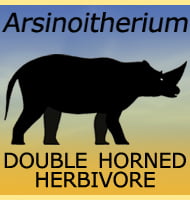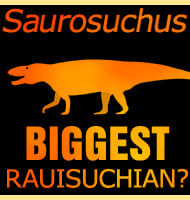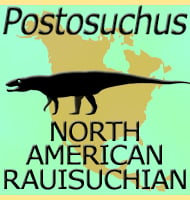In Depth
Koskinonodon was originally named as Buettneria back in 1922, however it was later realised that Buettneria had already been used to name a genus of katydid (bush cricket). In addition to this a species of Metoposaurus, M. bakeri was moved to create a new species of Koskinonodon, K. bakeri, in 1931. Additionally another species of Metoposaurus, M. maleriensis is now included with Koskinonodon.
Koskinonodon is best known from the United States, particularly the state of Arizona, where Koskinonodon fossils are known from many members of the Chinle Formation. Remains from India however indicate that Koskinonodon had a much wider distribution than previously thought. Koskinonodon lived in the latter portion of the Triassic, and by the time the Jurassic period started, most of the temnospondyls including Koskinonodon had disappeared. Only a rare few exceptions such as the genera Siderops and Koolasuchus are known to have survived well beyond this point.
Further Reading
- New reptiles and stegocephalians from the Upper Triassic of western Texas - E. C. Case - 1922. - Triassic amphibians from the Rocky Mountain Region - E. B. Branson & M. G. Mehl. 1929. - A new metoposaurid amphibian from the Upper Triassic Maleri Formation of central India - T. R. Chowdury - 1965.

